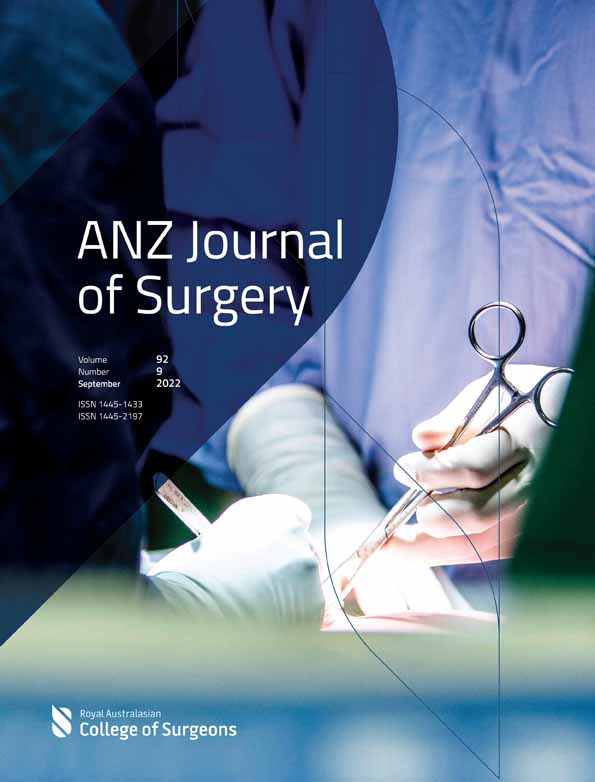Development of diaphragmatic hernia following hepatectomy
Abstract
Background
The majority of the diaphragmatic hernias developing on the right side are hernias developing after right hepatectomy. We aimed to present the clinical presentation at the time of admission, surgical treatment, and postoperative course of patients that developed DH following a major liver resection in our center.
Patients and Methods
Liver surgeries performed in Ataturk University Organ Transplant Center and Ataturk University Research Hospital General surgery Hepatopancreatobiliary ward between 2012 and 2021 were analysed retrospectively. Demographic information, admission types (emergency or elective), admission clinics, the process of diaphragmatic hernia formation following hepatectomy, imaging methods used for diagnosis, and surgical methods performed were recorded for the patients with diaphragmatic hernia. Qualitative values were tabulated and their percentages were calculated.
Results
Six hundred and sixty patients who underwent major liver surgery in our center between 2012 and 2021 were analysed. It was found that diaphragmatic hernia developed in 9 (1.4%) of those patients. The incidence of diaphragmatic hernia after donor hepatectomy was 3.04% in our study. The mean time from the first surgery until the DH diagnosis was 47.33 ± 38.16 months. 1 (11.1%) patient had small intestine perforation and 1 patient had both small intestine and colon perforation. One patient died before to the surgery.
Conclusion
DH following liver resection can cause fatal complications and it should be intervened when diagnosed. Although it is rare, centers particularly focusing on hepatobiliary surgery should determine a follow-up protocol to detect DH that develops after major liver resections.
Conflict of interest
None declared.




